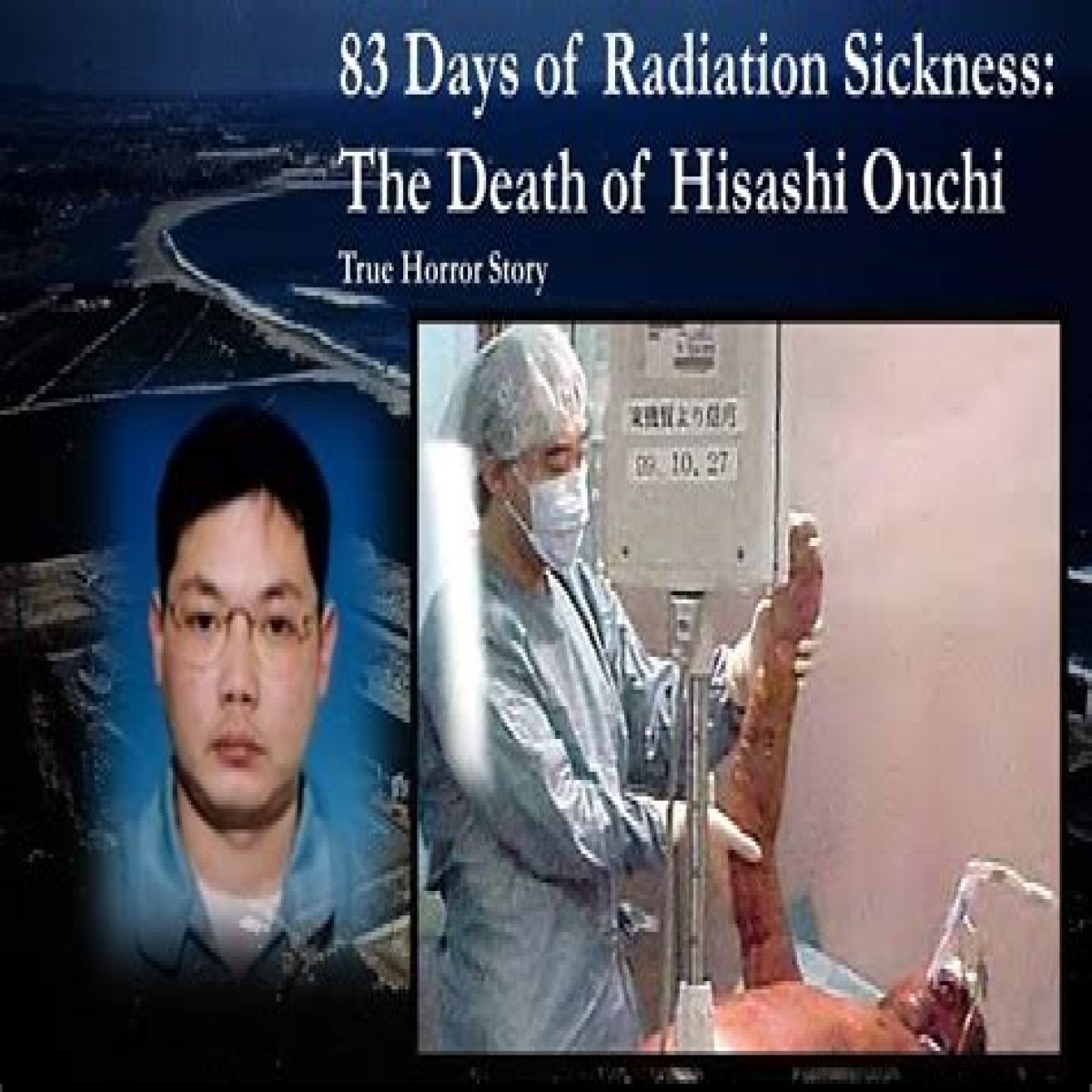Hisashi Ouchi's story is one of survival against unimaginable odds, a tale that sheds light on the devastating effects of radiation exposure. This article delves into the life of Hisashi Ouchi, the man who became a symbol of the dangers of nuclear energy and the human spirit's resilience. With an in-depth look at his biography, the incident that changed his life forever, and the aftermath of his exposure to radiation, we aim to provide a comprehensive understanding of his journey.
In this article, we will explore the events leading up to the tragic accident at the Tokaimura nuclear facility in Japan, the medical challenges faced by Ouchi, and the ethical questions surrounding his treatment. Furthermore, we will discuss the broader implications of nuclear safety and the importance of regulations in preventing such tragedies from occurring in the future.
Join us as we uncover the story of Hisashi Ouchi, a man whose life was changed forever by a catastrophic accident, and learn about the lessons we can take from his experience to promote safety and awareness in the field of nuclear energy.
Table of Contents
Biography of Hisashi Ouchi
Hisashi Ouchi was born on March 9, 1960, in the Naka District of Ibaraki Prefecture, Japan. He grew up in a typical Japanese household, where he showed an early interest in science and technology. Ouchi graduated from high school and began working as a technician at the Tokaimura nuclear facility, where he was responsible for various tasks related to uranium processing.
Personal Data and Biodata
| Full Name | Hisashi Ouchi |
|---|---|
| Date of Birth | March 9, 1960 |
| Nationality | Japanese |
| Profession | Nuclear Technician |
| Incident Date | September 30, 1999 |
The Tokaimura Nuclear Accident
On September 30, 1999, the Tokaimura nuclear accident occurred when workers at the Japan Nuclear Fuel Conversion Company improperly handled uranium at the facility. This incident led to a criticality accident, resulting in a massive release of radiation.
Hisashi Ouchi was one of the workers present during the accident. He and his colleagues were performing an operation that required them to mix uranium fuel with nitric acid when they mistakenly added an excessive amount of uranium into the solution. This error caused a nuclear chain reaction, exposing Ouchi to lethal doses of radiation.
Hisashi Ouchi's Medical Condition
Following the accident, Ouchi was rushed to the hospital, where he was diagnosed with acute radiation syndrome (ARS). His exposure level was estimated to be around 17 sieverts, a dose far beyond the lethal limit. The symptoms of ARS began to manifest quickly, including nausea, vomiting, and hair loss.
The medical team faced a daunting challenge in treating Ouchi due to the severity of his condition. Despite their efforts, Ouchi's body began to deteriorate rapidly, leading to multiple organ failures. His story became a heartbreaking example of the human cost of nuclear accidents.
Ethics of Treatment
The treatment of Hisashi Ouchi raised significant ethical questions. As his condition worsened, doctors were faced with difficult decisions regarding the extent of medical intervention. Ouchi was placed on life support, which prolonged his suffering and raised debates about the quality of life versus the sanctity of life.
Many argued that Ouchi's treatment should have been more humane, considering the grim prognosis. The decisions made by medical professionals during this time have sparked ongoing discussions about ethical responsibilities in treating critically injured patients.
Nuclear Safety Regulations
The Tokaimura incident highlighted significant shortcomings in nuclear safety regulations in Japan. Following the accident, the Japanese government implemented stricter safety protocols and regulations in the nuclear industry to prevent similar incidents in the future.
Key changes included:
- Increased safety training for nuclear facility workers
- Mandatory reporting of safety violations
- Enhanced emergency response protocols
- Regular audits and inspections of nuclear facilities
Public Awareness and Education
The tragic story of Hisashi Ouchi has raised public awareness about the dangers of radiation exposure and the importance of safety in nuclear energy. Educational campaigns have been launched to inform the public about the risks associated with nuclear power and the need for stringent safety measures.
Organizations and advocacy groups have worked to promote transparency in the nuclear industry, ensuring that the public is informed about potential risks and safety practices. These efforts are crucial in building trust between the nuclear industry and the communities they serve.
Legacy of Hisashi Ouchi
Hisashi Ouchi's story serves as a poignant reminder of the potential dangers of nuclear energy. His experience has left a lasting impact on the nuclear industry, prompting changes in safety regulations and practices worldwide.
Ouchi passed away on December 21, 1999, after enduring months of suffering. His legacy continues to inspire discussions about nuclear safety and the ethical implications of medical treatment in critical situations.
Conclusion
The story of Hisashi Ouchi is one of tragedy, resilience, and the human spirit's capacity to endure. His experience following the Tokaimura nuclear accident has sparked vital conversations about safety in the nuclear industry, the ethics of medical treatment, and the importance of public awareness.
As we reflect on Ouchi's life and legacy, it is essential to advocate for stringent safety measures in nuclear facilities and promote awareness of the risks associated with radiation exposure. We encourage readers to share their thoughts in the comments, discuss this article with others, and continue exploring the topic of nuclear safety.
Thank you for reading. We hope to see you back here for more insightful articles in the future!
Emilio Estevez Children: A Deep Dive Into Family And LegacyYoung Aileen Wuornos: The Early Life Of America's Most Notorious Female Serial KillerHisashi Ouchi Real Pictures: Understanding The Tragic Story Behind Them
